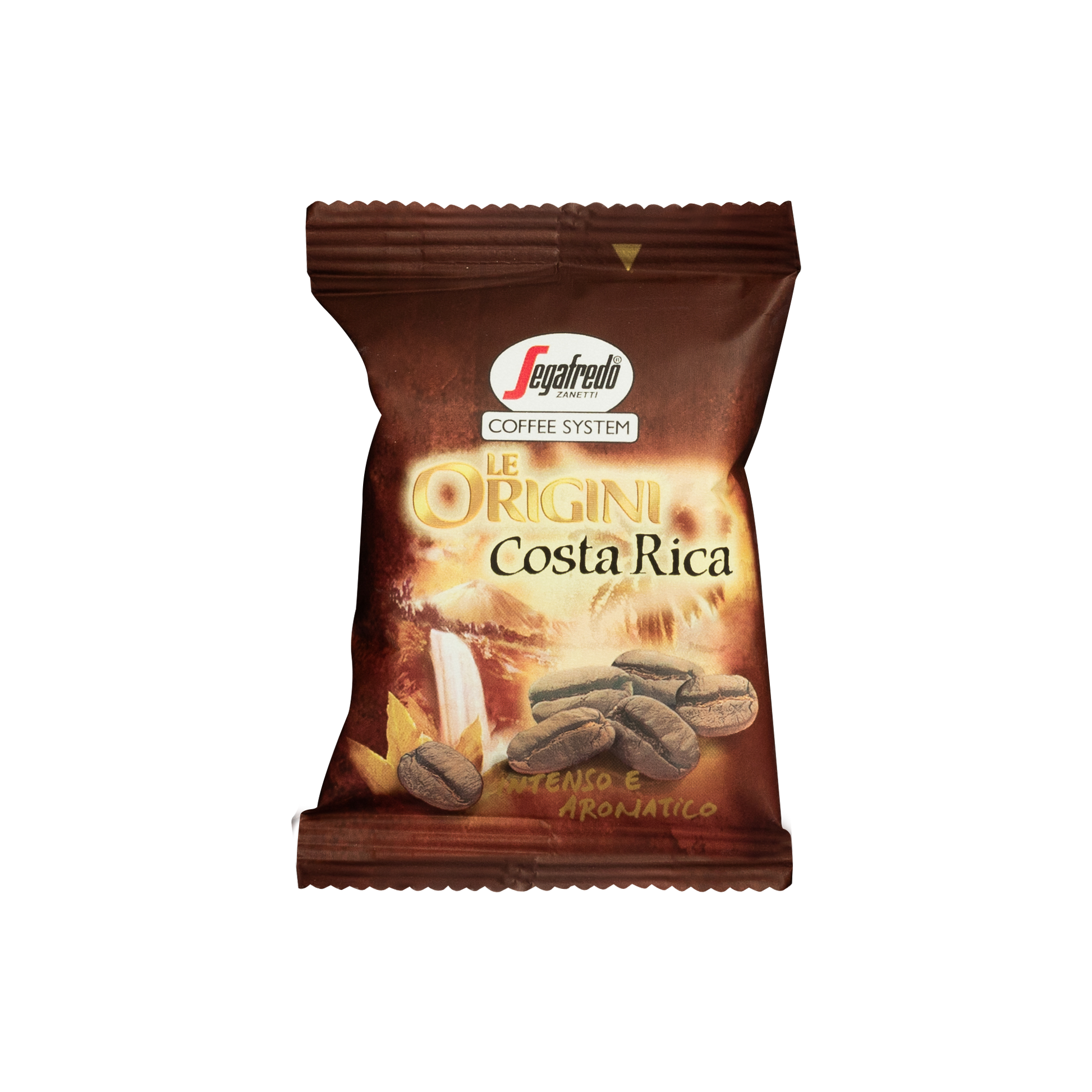Understanding Coffee Beans: the Trip From Coffee to Blended Coffee Beans
The Beginnings of Coffee: An International Viewpoint
While you may consider coffee as a contemporary staple, its origins trace back centuries, linking with cultures around the world. The tale starts in Ethiopia, where tale says a goat herder called Kaldi discovered the energizing results of coffee beans after noticing his goats frolicking energetically after eating them. This stimulated rate of interest, leading to coffee's infect Arab investors that treasured the made drink. By the 15th century, it got to Persia, Egypt, and Turkey, where coffee shops ended up being social hubs for discussion and culture.
As trade paths broadened, coffee made its means to Europe in the 17th century, promptly acquiring popularity. It changed from a magical beverage into a daily ritual, motivating celebrations and intellectual exchanges. Each society included its one-of-a-kind spin to coffee preparation, improving its background. This worldwide trip highlights how coffee attaches us, transcending borders and uniting diverse practices with an easy bean.
Cultivation and Harvesting of Espresso Beans
As coffee's trip advanced, the focus changed to the cultivation and harvesting of details bean varieties, specifically those utilized for coffee. You'll discover that espresso beans typically originate from Arabica or Robusta plants, each offering distinct tastes. The optimal expanding problems consist of high altitudes and rich, well-drained soil, which enhance the beans' quality.
Throughout the harvest, selecting approaches differ. In some regions, workers hand-pick ripe cherries, ensuring only the most effective fruit mosts likely to handling. In various other locations, mechanical harvesters are made use of, especially on bigger ranches. Timing is vital; you want to gather when the cherries get to peak perfection for maximum flavor.
When collected, the beans are planned for handling, which is crucial in establishing their final taste. Understanding the growing and gathering procedures gives you understanding into what enters into your preferred espresso, enhancing your gratitude for each and every cup.
Handling Techniques: From Cherry to Bean
Now that you have actually learned regarding harvesting coffee beans, allow's check out just how those cherries change right into the coffee beans you enjoy. You'll see how various harvesting techniques effect taste, adhered to by the crucial actions of fermentation and drying out. We'll break down the milling and grading process that establishes your coffee's quality.
Gathering Techniques Explained
When it pertains to coffee, recognizing harvesting methods is necessary, considering that they directly impact the flavor and top quality of the beans you take pleasure in. There are two primary approaches: careful picking and strip selecting. Careful picking involves hand-picking just ripe cherries, ensuring you get the very best high quality beans. This method frequently brings about a richer flavor profile, though it's even more labor-intensive. On the various other hand, strip picking means collecting all cherries at as soon as, no matter ripeness. While it's quicker and more affordable, this can result in a mix of flavors, impacting the end product. Ultimately, the option of harvesting method can considerably influence your coffee experience, so it deserves knowing just how those beans made it to your cup.
Fermentation and Drying
After collecting, the following steps in handling coffee beans play a significant duty in shaping their taste. You'll find that fermentation is crucial, as it helps break down the mucilage bordering the beans, improving their preference profile. Depending upon the approach, this procedure can last from a couple of hours to a number of days, with varying results based on temperature and humidity.
As soon as fermentation is total, drying out adheres to, which is equally important. You can pick from mechanical or sun-drying drying techniques. Sun-drying permits the beans to take in flavors from the atmosphere, while mechanical drying out warranties regular moisture levels regardless of weather. Proper drying is necessary to protect against mold and mildew and maintain the beans' top quality, inevitably affecting your cup of coffee.
Milling and Grading Process
As fermentation and drying out set the stage for taste growth, the milling and grading process warranties that only the ideal coffee beans make it to your cup. This phase involves removing the external layers of the coffee cherry, consisting of the parchment and husk. High-grade beans get a higher quality, resulting in a richer coffee experience.
Roasting Techniques: Opening Taste Potential
When you roast coffee beans, the approach you choose can dramatically influence the flavor profile. Recognizing the relationship in between time, temperature level, and roasting methods is vital to disclosing the potential of your mixture. Allow's check out exactly how these elements integrated to create the perfect mug.
Toasting Techniques Clarified
While you could think that all coffee toasting methods produce the same outcomes, the truth is that each technique reveals unique taste possibilities in the beans. Drum toasting utilizes a rotating drum to evenly disperse warm, improving caramelization and creating a well balanced flavor. Air roasting, on the other hand, circulates warm air around the beans, promoting a lighter roast with noticable acidity.

Influence On Flavor Account
Various roasting approaches not only affect the procedure however also significantly impact the taste account of the coffee beans. When you pick a light roast, you'll experience brilliant level of acidity and flower notes, showcasing the bean's beginning. In contrast, a medium roast equilibriums level of acidity with sweet taste, frequently revealing chocolatey touches. Dark roasts, on the various other hand, highlight bold, great smoky tastes, often concealing the bean's special characteristics. Each strategy exposes different oils and substances, resulting in a wide variety of tastes. By experimenting with various roasting designs, you can uncover which accounts reverberate with your palate. Comprehending these subtleties aids you value the virtuosity behind your cup of coffee, boosting your overall experience with every sip.
Time and Temperature Level Variables
To launch the complete flavor capacity of coffee beans, both time and temperature level throughout the toasting procedure play substantial duties. When toasting, you'll find that higher temperatures can rapidly establish tastes, yet if you hurry it, you might wind up with charred notes. On the other hand, reduced temperature levels enable an extra gradual flavor development, showcasing the beans' one-of-a-kind attributes.

Timing is equally as essential; expanding the roast as well long can lead to a loss of level of acidity and illumination, while as well brief a roast could leave the beans underdeveloped. Locating that wonderful spot requires technique and trial and error. By changing these factors, you can disclose the abundant, intricate tastes concealed within each bean, producing an absolutely impressive coffee experience.
The Art of Blending: Crafting Unique Coffee Profiles

Start by choosing a base coffee that provides a strong structure. After that, pick complementary beans to boost certain taste notes. A bright Ethiopian bean can bring fruitiness, while an abundant Brazilian coffee includes body. Experimentation is key-- do not hesitate to adjust ratios till you locate your suitable account.
As you mix, maintain in mind that each mix narrates. You're not just making coffee; you're producing an experience. Take your time, taste often, and enjoy the journey of discovering your trademark blend - Single Origin Espresso.
Brewing Approaches: How Prep Work Impacts Flavor
Mixing coffee opens up a domain of flavor opportunities, however exactly how you brew that mix can substantially affect your final cup. On the various other hand, a pour-over highlights the coffee's quality and brightness, ideal for showcasing fragile notes.
Coffee, with its high stress, produces a concentrated shot that emphasizes sweet taste and crema. If you choose a lighter brew, take into consideration a cold mixture technique; it yields a smooth, much less acidic preference.
Eventually, testing is key. Readjusting variables like water temperature level, grind size, and make time can transform your coffee's profile. So, welcome the art of brewing to uncover the flavors concealed in your coffee blends. The right approach can elevate your experience to new elevations.
The Future of Coffee: Sustainability and Development
As the coffee sector progresses, sustainability and development are ending up being vital for resolving ecological challenges and meeting customer demands. You'll notice that more coffee firms are embracing environmentally friendly techniques, from sourcing beans ethically to carrying out lasting farming techniques. These shifts not only assist the earth yet also boost the quality of the coffee you enjoy.
You may see developments like biodegradable packaging and water-saving developing approaches that decrease waste. Advanced innovation, such as blockchain, is additionally ending up being preferred, ensuring transparency in the supply chain, which enables you to map your coffee back to its origins.
In enhancement, investing in local neighborhoods and sustaining farmers via reasonable profession efforts cultivates an extra lasting coffee ecological community. As you sip your next cup, keep in mind that your choices can contribute to a brighter future for coffee. By choosing sustainable brands, you're not just delighting in a beverage; you're making a positive effect on the world.
Frequently Asked Questions
What Is the Difference Between Arabica and Robusta Beans?
Arabica beans are smoother, sweeter, and have a higher level of acidity, while robusta beans are more powerful, a lot more bitter, and include more high levels of caffeine. When making your coffee., you'll notice these differences in flavor and fragrance.
Just How Does Altitude Affect Coffee Bean Flavor?
Altitude effects coffee bean flavor significantly. Higher altitudes create beans with Single Origin Espresso brighter acidity and complex tastes, while lower elevations usually produce beans that are much heavier and less nuanced. You'll observe these differences in your mug!
What Are the Health And Wellness Advantages of Drinking Coffee?
Consuming alcohol coffee can enhance your energy, improve psychological emphasis, and even enhance physical efficiency. It's abundant in anti-oxidants, may lower the threat of certain conditions, and can advertise a healthier metabolic rate when consumed in moderation.
Can Coffee Beans Be Reused for Brewing?
Yes, you can recycle coffee beans for developing, however the flavor might be weak. If you appreciate exploring, attempt reusing them in different ways, like cool mixtures or contributing to shakes for an added kick.
How Should I Store Coffee Beans for Freshness?
To maintain your coffee beans fresh, store them in an impermeable container in an amazing, dark place. Prevent exposing them to light, warmth, or moisture, as these factors can rapidly weaken their taste and fragrance.
Comprehending Coffee Beans: the Trip From Coffee to Blended Coffee Beans.
Currently that you've discovered concerning gathering coffee beans, let's discover how those cherries change right into the coffee beans you love.When you roast coffee beans, the technique you select can significantly affect the flavor account - Single Origin Espresso.While you might think that all coffee roasting methods yield the very same results, the fact is that each technique reveals one-of-a-kind flavor potentials in the beans.Various toasting techniques not only influence the process but likewise significantly impact the taste account of the coffee beans